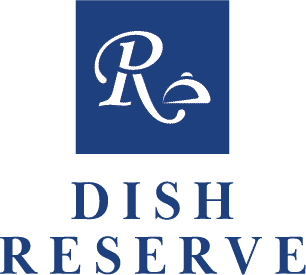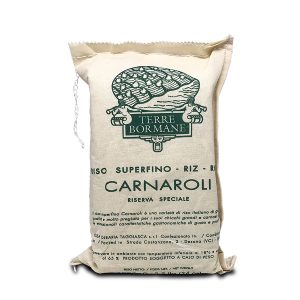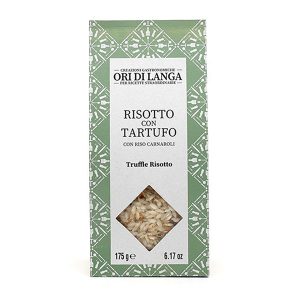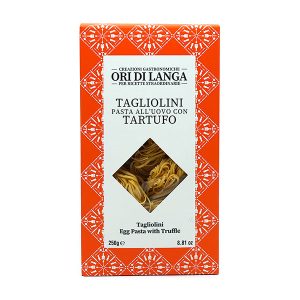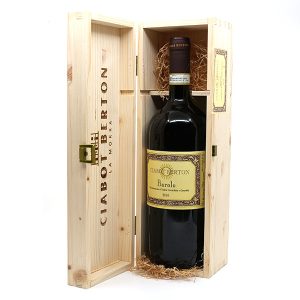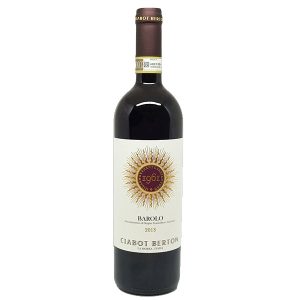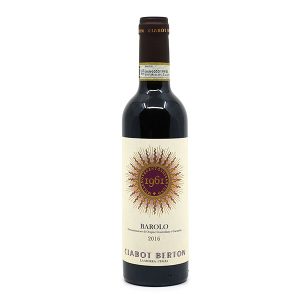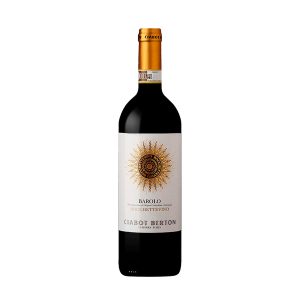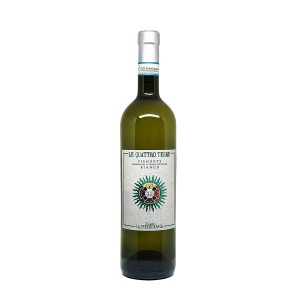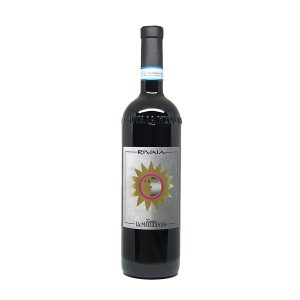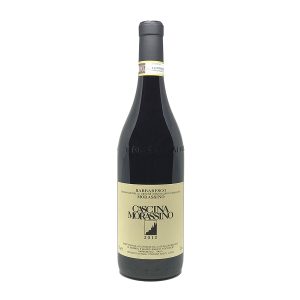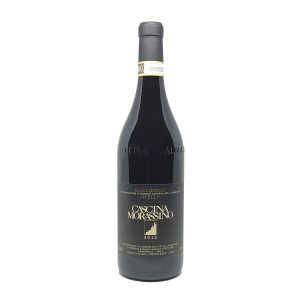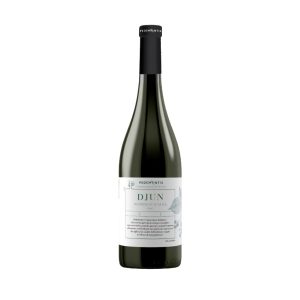Nebbiolo
The Piedmont region is considered the viticultural home of Nebbiolo and it is where the grape’s most notable wines are made. The consistent continental climate of the region, coupled with the influences of Tanaro river produces a unique terroir for Nebbiolo that is not easily replicated in other parts of the world. The two most well known Nebbiolo based wines are the DOCG wines of the Barolo & Barbaresco zones near Alba. Barbaresco is considered the lighter of the two and has less stringent DOCG regulations, with the normale bottlings requiring only 9 months in oak and 21 months of total aging and the riserva bottlings requiring 45 total months of aging. In contrast the Barolo DOCG requires 1 year in oak and 3 years total aging for normale bottlings and 57 months total aging for riserva. The minimum alcohol levels for the two region vary slightly with Barbaresco requiring a minimum of 12.5% and Barolo 13%.(However, Barolo, as of 1999, now only requires a minimum of 12.5% as well).
The Barolo zone is three times the size of the Barbaresco zone with the different communes producing Nebbiolo based wines with noticeable distinctions among them. In the commune of Castiglione Falletto, the wines are more powerful and concentrated with the potential for finesse. Nebbiolo grown in Monforte d’Alba has a firm tannic structure and the most potential for aging. The Serralunga region produces the heaviest, full bodied Nebbiolo wines and is also the last region to start its harvest, often two weeks after other areas have begun picking. These three region located on the eastern edge of the zone have soils that are dominated by sand and limestone. In the west, the communes of La Morra and Barolo have soils dominated by chalk and marl and produce wines that are more perfumed and silkier in texture. Throughout both the Barolo and Barbaresco zones are deposit of clay which add considerable tannins to Nebbiolo.
Showing all 10 results
-
Red Wine 紅酒
Ciabot Berton, Barolo D.O.C.G. 2013/2016 1.5L (with Box)
Original price was: $1,049.0.$959.0Current price is: $959.0. Add to cart -
Red Wine 紅酒
Ciabot Berton, Barolo D.O.C.G. 2015/2016
Original price was: $406.0.$364.0Current price is: $364.0. Add to cart -
Red Wine 紅酒
Ciabot Berton, Barolo D.O.C.G. 2018 375ml
Original price was: $228.0.$216.0Current price is: $216.0. Add to cart -
Red Wine 紅酒
Ciabot Berton, Roggeri, Barolo D.O.C.G. 2015
Original price was: $487.0.$448.0Current price is: $448.0. Add to cart -
White Wine 白葡萄酒
La Meridiana, Le Quattro Terre, Piedmont Bianco D.O.C. 2018/2019
Original price was: $133.0.$118.0Current price is: $118.0. Add to cart -
Red Wine 紅酒
La Meridiana, Rivaia, Monferrato Rosso D.O.C. 2013
Original price was: $316.0.$276.0Current price is: $276.0. Add to cart -
Red Wine 紅酒
Morassino, Barbaresco D.O.C.G. 2018/2021
Original price was: $399.0.$368.0Current price is: $368.0. Add to cart -
Red Wine 紅酒
Morassino, Ovello, Barbaresco D.O.C.G. 2015/2016/2017/2022
Original price was: $518.0.$490.0Current price is: $490.0. Add to cart -
Red Wine 紅酒
Pedemontis, Djun, Nebbiolo d’Alba D.O.C. 2021
Original price was: $255.0.$252.0Current price is: $252.0. Add to cart
